Teaching English to young learners can be a challenging but rewarding task. Children are naturally curious and eager to learn, but they also have short attention spans and may not have the same level of understanding as older students. As an English teacher, it is important to find ways to make learning fun, engaging, and effective.
Let’s begin!
Teaching English to Young Learners
Here are 8 fun methods to try when teaching English to young learners:
Use songs and rhymes: Children love to sing and dance, and songs are an excellent way to introduce new vocabulary and grammar in a fun and interactive way. You can find a wide variety of English-language children’s songs online, and many of them come with lyrics and videos.
Play games: Children also love to play games, and there are many games that can be adapted to teach English. For example, you can play “I Spy” with objects in the classroom, or play a memory game with flashcards of English words.
Use puppets and props: Puppets and props can be used to make English learning more interactive and engaging. For example, you can use puppets to act out a conversation or use props to create a story.
Use storytelling: Storytelling is a great way to introduce new vocabulary and grammar in a natural and engaging way. You can tell a story in English and have the children retell it in their own words or act it out.
Use real-life situations: Children learn best when they can relate to what they are learning. Try to use real-life situations, such as going to the store or ordering food at a restaurant, to teach English.
Use technology: Technology can be a great tool for teaching English to young learners. There are many apps and websites that provide interactive games and activities to help children learn English in a fun and engaging way.
Create a language-rich environment: Creating a language-rich environment is important for children to learn English. Speak English as much as possible and encourage your child to do the same. Display English-language posters and flashcards around the house and make English-language learning materials easily accessible.
Make it personal: Children are more likely to be engaged in learning if it is personal to them. Try to use their interests and passions to make the lessons more relevant to them.
It is important to remember that every child is different and will have their own unique learning style. It is also important to be patient and understanding when teaching English to young learners. Children will not become fluent overnight, but with consistent exposure and practice, they will gradually improve.
In conclusion, teaching English to young learners can be a challenging but rewarding task. It is important to find ways to make learning fun, engaging, and effective. By using songs and rhymes, games, puppets and props, storytelling, real-life situations, technology, creating a language-rich environment and making it personal, you can help children develop their English language skills in a natural and enjoyable way.
If you’re looking for more resources and support to help your child learn English, check out ClubBaby.com. We have curated a collection of the best English-language music, movies, TV shows, books, magazines, and nursery rhymes for children. Sign up now to access our collection and let’s start learning together!
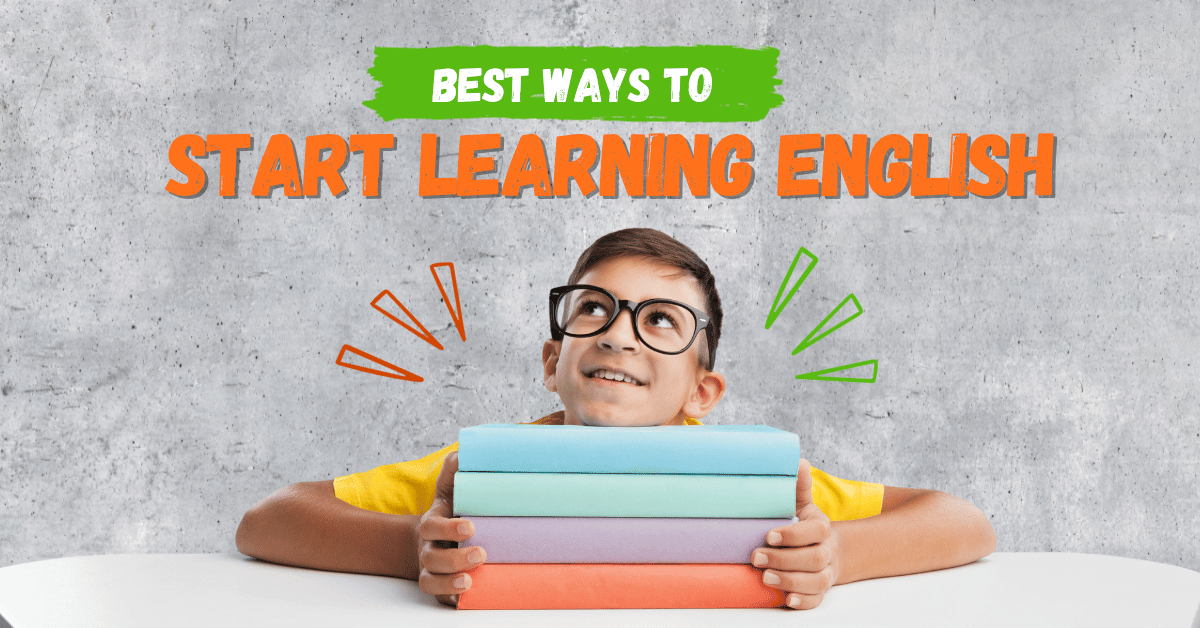



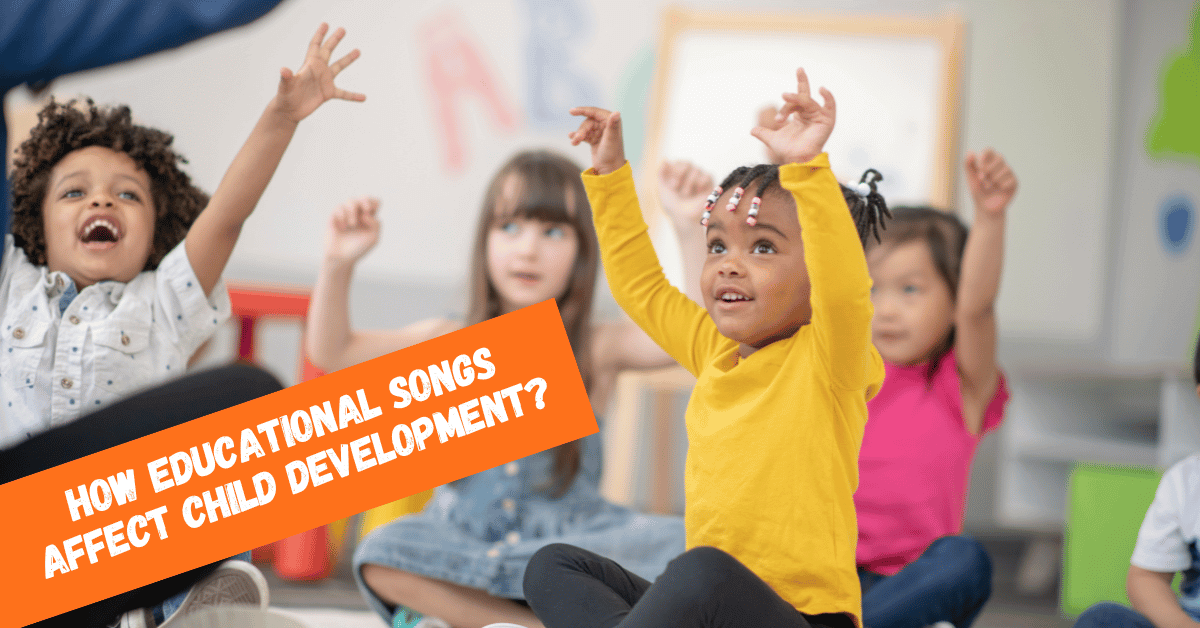

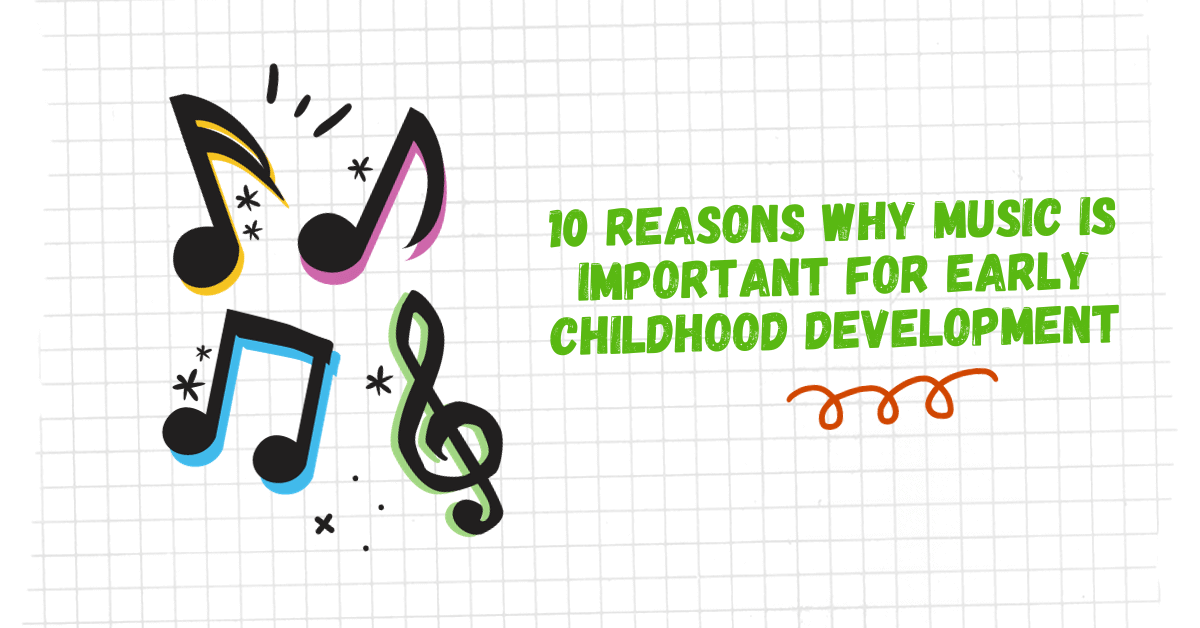
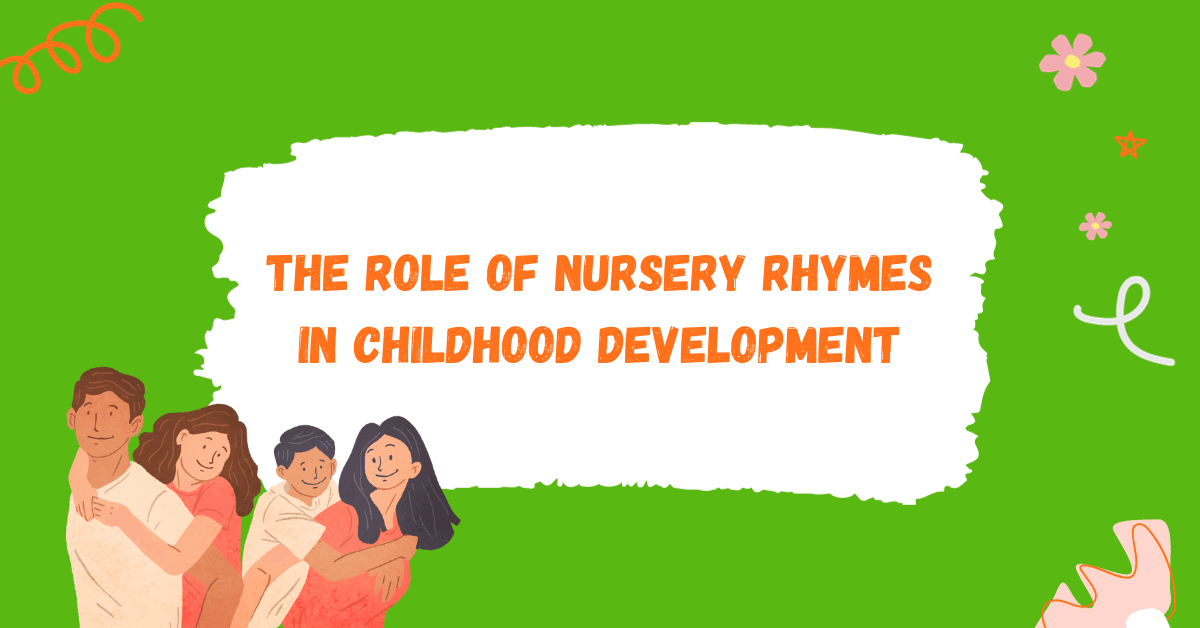

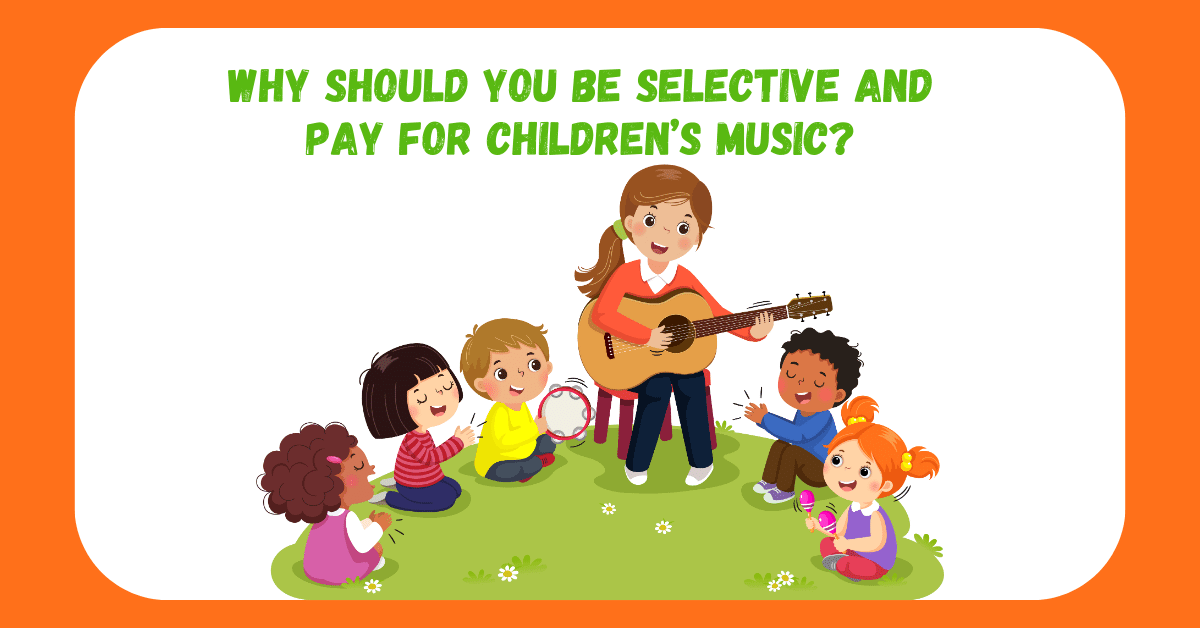
0 Comments